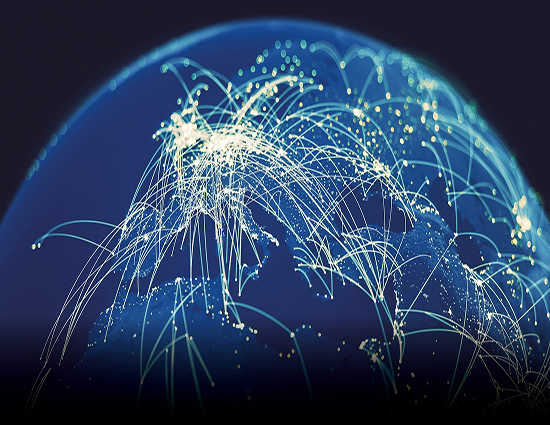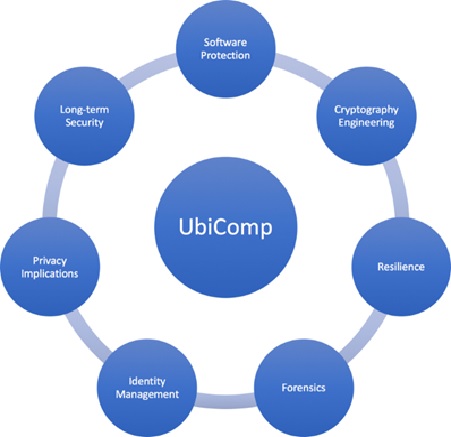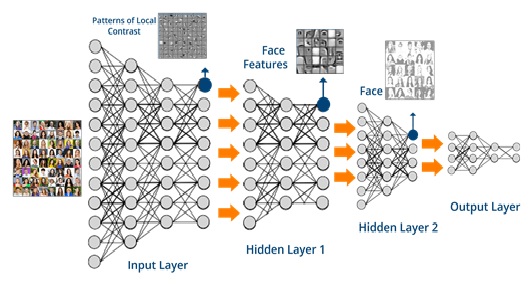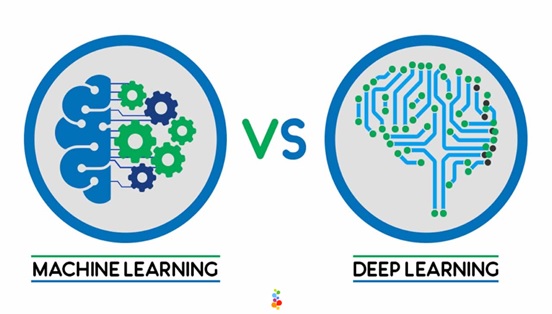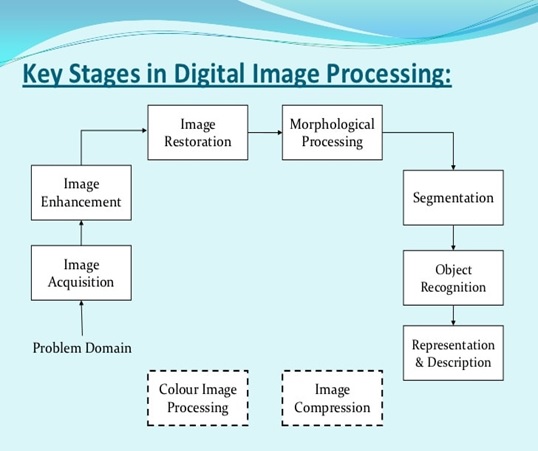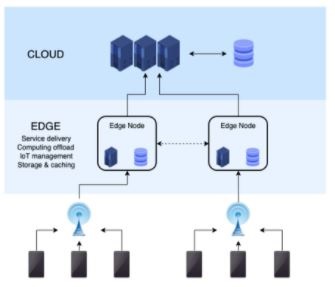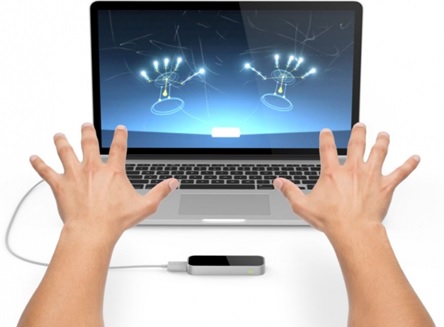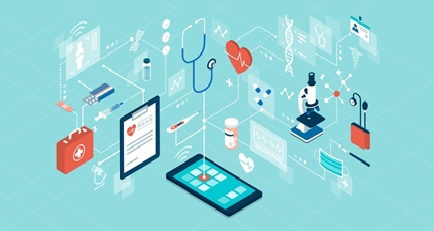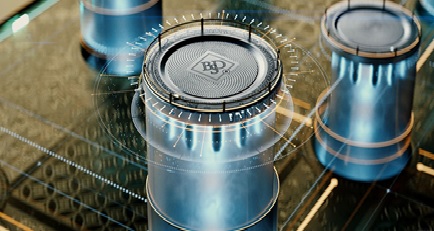Haptic Technology
Haptic technology, haptic feedback, or simply haptics, is technology that incorporates tactile experience or feedback as part of its user interface, creating a sense of touch through vibrations, motion, or other forces.
Haptic technologies were first developed and introduced in the 1970s, and most individuals may have experienced some form of haptic feedback in video games that make motion response part of the gaming experience. [1] Haptic technologies have even become part of home gaming consoles’ controllers, joy sticks, and steering wheels.
More recently, haptic technologies have found their way into computers, mobile devices, and wearables. Apple’s Taptic Engine, introduced into the track pad of their laptops, uses an electromagnetic motor to trick fingers into feeling things (button clicks, etc.) that aren’t actually there and could be used in additional products like the Apple watch (to turn buzzes into more familiar wrist taps) or integrated with other software that helps users “feel” bumps, indentations, holes, and other relief-like textures. [2] This technology can even receive more sensory cues that would improve the use of products. Wearables and phones have begun integrating haptic feedback through buzzes and vibrations that alert or provide feedback to improve users' experiences. The majority of these current haptic features are limited to the buzz of notifications or “taps” from a virtual keyboard, but as haptics advance and combine textures of touch, feedback on the screen may become an even more important feature.

Figure 1: Future trends of Haptic Technology
The next wave of haptic technology could help integrate sensory experiences into the media and content viewed on phones, tablets and other devices. The haptic technology company Immersion is developing software that would allow app makers to play with features that mimic the feeling of an explosion or the whirring of a helicopter – features that were already used in a promotion for the television series “Homeland.” [3] These developments that integrate tactile sensory experiences with visual experiences might be particularly important for the future of virtual reality, adding an additional layer into the authentic experiences VR hopes to provide. One example of the integration between these technologies has been developed by Disney researchers in collaboration with researchers at MIT Media Lab and Carnegie Melon University; the prototype force jacket contains twenty-six inflatable compartments which can reproduce more than a dozen "feel affects," such as a hug, a punch, or a snake slithering across your body and might enhance VR experiences typically limited to visual displays seen through headset and simple hand vibrations felt through joysticks.
Google’s Project Jacquard seeks to integrate conductive yarns into everyday garments and fabric, building a network of touch sensors and haptic feedback into clothing and household upholstery (curtains, furniture, etc.). [4] Such advances would allow users to access apps and services, through gestures, movements or even by virtue of wearing a garment, from multiple points throughout the home or office, not just through direct contact with a computer or smartphone.
Beyond entertainment and user experiences, haptic technology might be particularly important in advancing connections, communication, and even access. Haptic technology is being developed to allow individuals with disabilities to receive tactile feedback from phones and tablets such as a smart phone interface that allows users to “feel” buttons as they scroll over the flat surface; digital photo features that allow users to detect faces or orientation by producing a textural quality in the interface; or even a braille-like sensation over letters in text messages or web pages that users can easily feel. [5] Additional tools might connect with devices wirelessly to provide a haptic interface that translates text from a visual or audio device onto a tactile device, like a smartwatch that converts texts from a smartphone into braille letters that can be read on the watch face.
The integration of haptics into media may add a new descriptive feature into information objects, requiring libraries to rethink their systems for describing, classifying, or even retrieving resources.
Haptic technology may play an important role in learning. New research may reveal a benefit to children’s tactile interaction with screens and the feedback they receive as important factors in the acquisition of information. [6] For more advanced learners, haptic technology could revolutionize online or distance education, allowing students to participate in hands-on tactile activities or exercises or even simulate physical environments.
As libraries work to make text-based or image resources available to a wider audience, including those with visual or audio disabilities, haptic technologies could become a significant part of accessibility.
Haptic technologies could become an important part of wearable technologies, which patrons would presumably wear with them into the library. Patrons may increasingly expect that their library experiences – search, navigation of the library space and stacks, or even reading time – would integrate wearables and the haptic feedback that they provide.
References:
- https://www.ala.org/tools/future/trends/haptic
- http://www.wired.com/2015/03/apples-haptic-tech-makes-way-tomorrows-touchable-uis/
- http://www.technologyreview.com/news/535121/gadgets-are-getting-better-at-fooling-your-sense-of-touch/
- https://www.cnet.com/news/disney-mit-bizarre-vr-jacket-for-some-reason/
- http://www.techtimes.com/articles/73128/20150730/braille-smartwatch-dot-allows-blind-read-texts-e-books.htm
- http://www.fastcodesign.com/3043795/why-we-need-a-haptic-design-language-for-wearables
Cite this article:
D. Vinotha (2021), Haptic Technology, AnaTechmaz, pp. 8


